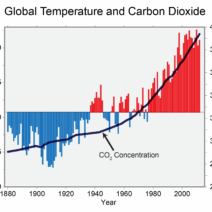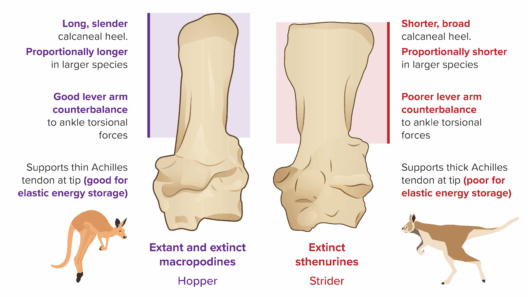Newton’s Cradle, a quintessential physics apparatus, epitomizes the foundational principle of energy conservation. This classic toy, consisting of a series of suspended spheres, effectively visualizes complex physical laws in an engaging and intuitive manner. At first glance, one might view it merely as an elegant desk ornament, yet upon closer inspection, it serves as a profound demonstration of mechanical energy transfer and the interplay between potential and kinetic energy.
To comprehend how Newton’s Cradle illustrates the conservation of energy, it is imperative to revisit the fundamental laws of physics established by Sir Isaac Newton. Central to his contributions are the laws of motion and the universal law of gravitation. The cradle operates under these rules, allowing observers to witness energy transitions in real-time.
When one of the outer spheres is lifted and released, it swings downward due to gravitational pull. This action transforms gravitational potential energy—the energy possessed by an object due to its position—into kinetic energy, which is the energy of motion. The immediate conversion process occurs as follows: as the ball descends, its potential energy diminishes while its kinetic energy escalates, reaching a maximal point at the lowest arc of its swing. Upon collision with the stationary spheres, a fascinating exchange of energy takes place.
In an ideal system devoid of external influences—a theoretical scenario—energy is neither created nor annihilated but simply transferred. The impact between the moving and stationary spheres is a collision that adheres to the principles of elasticity. When the moving sphere strikes the adjacent stationary ones, it imparts its kinetic energy through a series of collisions that are nearly perfectly elastic. As a result, the last sphere in line swings upward in a manner commensurate with the initial height from which the first sphere was dropped.
This elegant exchange elucidates the conservation principle: the total energy within the system remains constant. However, real-world applications often introduce dissipative forces such as air resistance and friction, resulting in a gradual decay of motion over time. Therefore, while the displayed energy dynamics can appear to defy natural laws, they merely illustrate energy conservation in a controlled, idealized framework.
Examining Newton’s Cradle invites further contemplation on concepts such as momentum conservation. Momentum, the product of mass and velocity, is transferred throughout the system in a manner that preserves the total momentum before and after the collisions. Consequently, the first ball’s momentum is transmitted through the stationary balls, culminating in the motion of the last ball, reinforcing the interdependence of kinetic energy and momentum. Such interrelations unveil the intricate mechanics of physical phenomena, each reinforcing the laws of conservation.
As one engages with this deceptively simple toy, it serves as a catalyst for a profound philosophical reflection on energy itself. The conservation of energy is not merely a mathematical abstraction but a universal truth that resonates within various realms of existence. From the vast expanses of the cosmos, where celestial bodies exhibit gravitational interactions, to the microscopic level of atomic interactions, energy transitions persist, dictating the very fabric of reality.
Moreover, contemplating these scientific principles encourages a paradigm shift regarding human interaction with natural systems. The understanding that energy cannot be created or destroyed has profound implications in our approach to renewable energy. As society navigates toward sustainable practices, concepts rooted in energy conservation become pivotal. For example, harnessing solar or wind energy reflects humanity’s capacity to utilize natural forces without depleting resources, demonstrating an application of Newton’s timeless laws on a global scale.
Incorporating Newton’s Cradle into educational settings can pique curiosity among students and foster deeper discussions surrounding energy management and environmental stewardship. By engaging with physics through tangible experiences, learners develop a holistic appreciation for the intricate dance of energy that underpins natural processes. From this foundational understanding, the doors to innovation and sustainability open, urging future generations to explore alternative sources of energy and methods to mitigate climate change.
Furthermore, understanding the principles of energy conservation through such apparatus cultivates a sense of responsibility toward environmental impacts. In recognizing the repercussions of energy consumption and its myriad forms, individuals are motivated to rethink their choices, from energy use in households to larger societal contributions toward reducing carbon footprints. This cognitive awakening is pivotal in addressing the pressing challenges of climate change, prompting proactive measures that align with the tenets of sustainability.
Ultimately, Newton’s Cradle extends beyond a mere illustration of mechanical principles; it embodies the essence of transformation and conservation intrinsic to the universe. Its presence invites contemplation of our roles within ecological systems, urging a collective consciousness that endorses care for the environment. The ripple effect of energy conservation may resonate through many aspects of life, from personal lifestyles to industrial practices, weaving a narrative of balance in the face of resource scarcity.
In summary, Newton’s Cradle serves as a striking testament to the immutable law of energy conservation while encouraging curiosity and introspection. As observers, we are reminded that the laws governing motion and energy transcend time and space, offering both a scientific framework and a moral imperative. By embracing these principles, we can foster a culture that honors the delicate equilibrium of our natural world, paving the path toward a sustainable future.








